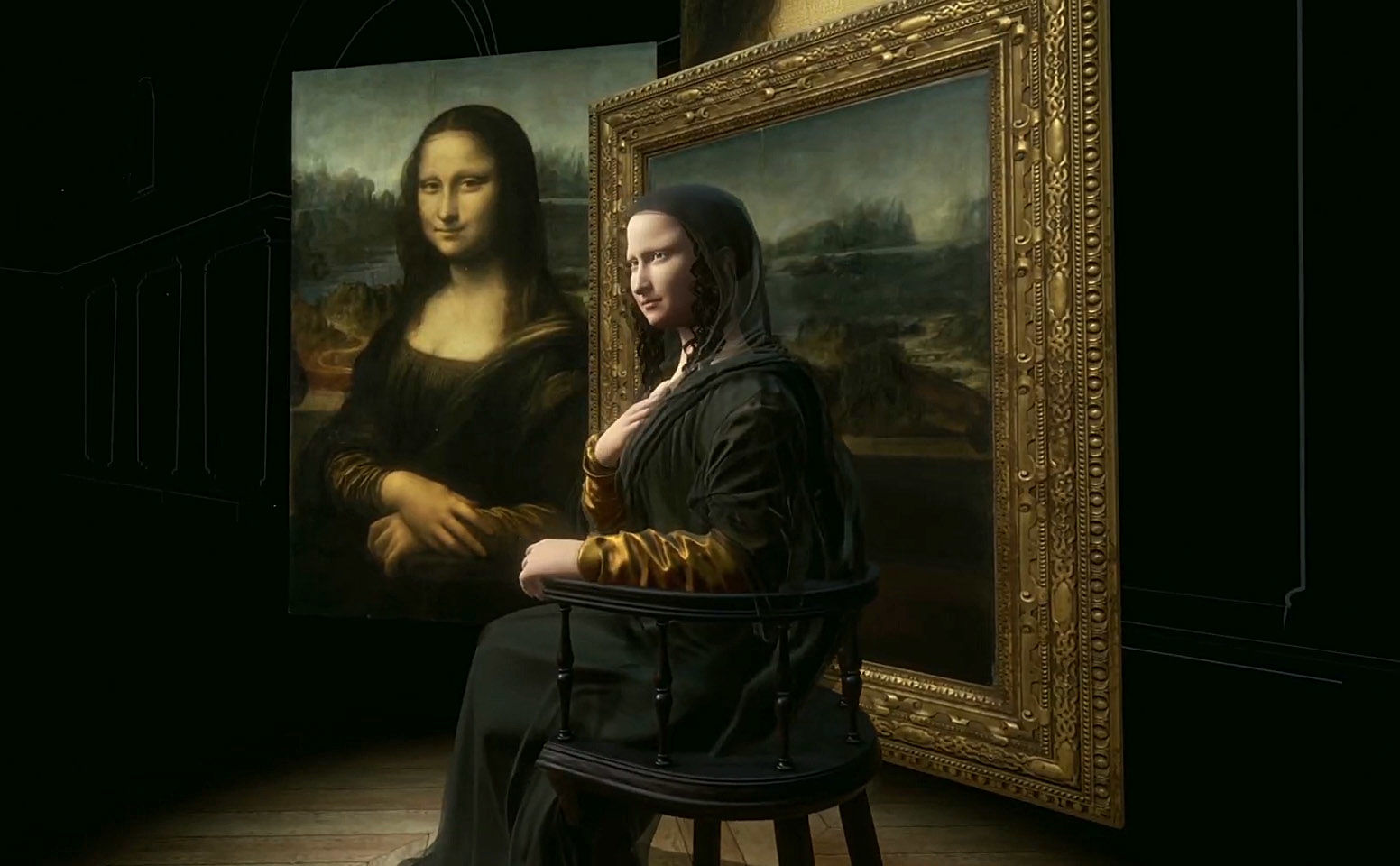The Mona Lisa is getting a fresh lease of life with the help of Virtual Reality, five centuries after the iconic portrait came to life. This is part of a new initiative by the Louvre, in association with HTC, which struggled with the iconic painting’s popularity this year. With the upcoming Leonardo exhibition right around the corner, the experts are busy fine-tuning the 3D viewing angles that protrude beyond the shatterproof glass enclosure.
The idea behind the experience is to educate people about the Mona Lisa and its history so that its value can be better appreciated. With the help of VR, people that are unable to be present physically can also get the same experience right from the living room. HTC has set up a special viewing room inside the museum with 11 Vive Cosmos headsets for people to soak in the VR experience.
According to a statement issued by Dominique de Font-Réaulx, the Director of Interpretation and Culture Programming at the Louvre, “This is our first attempt at using VR to educate and entertain the guests visiting the museum”. Commenting on the VR experience, Dominique added, “She is seated face-to-face with the audience in the manner of having a conversation”.
The experience includes many of da Vinci’s original designs, including the wing-flapping glider that he had sketched. Dominique added that the two curators who were assigned the task spent countless hours researching important materials for the narration. They are also responsible for highlighting the visual details on and around Mona Lisa, including the gentle waves on her velvet dress, to the clay tiles from 16th Century Florence.
The digital experience is part of an experiment to broaden the Louvre’s appeal with the younger generation. The French Government is leaving no stone unturned to promote the country’s artistic heritage with Virtual Reality and other alternatives. Franck Riester, the French Minister of Culture, unveiled a plan to set up a thousand ‘micro-follies’ or digital museums around the country within the next three years, back in September. The locations include places frequented by people such as libraries, cinemas, hair salons, and social centers.
The most dramatic portion of Mona Lisa: Beyond the Glass, perhaps is the 3D model of the woman. The VR artists used infrared, X-Ray and refractive data collected from the Louvre to deduce what she might have looked like. The team at Emissive VR studio did not just infer her physical features, but also recreated her clothes, which folded and creased at the right places with her every twist and turn.
According to Emissive’s Art Director, Emmanual Gorinstein, “The landscape behind Mona Lisa was not created to feel realistic. It is based on da Vinci’s imagination and geographical knowledge of the region, which adds to its charm”. The tour concludes with Mona Lisa’s 3D portrait in her iconic pose, placed in front of the newly recreated background. HTC Vive Arts have volunteered its services for the Louvre’s Mona Lisa VR project.
UP NEXT: HTC Exodus 1s blockchain phone is a rebranded Desire 12s








